Table of Contents
Can you imagine having the same food for breakfast, lunch, and dinner seven days a week? It is painfully dull, and you will not get a nutritionally complete and balanced diet. That’s a dog’s life.
Long ago, before commercial dog food was invented, dogs ate the same foods as humans. This is why our dogs beg for human food — they’re meant to eat a variety of products. We’ve gathered some tips on making dog food tasty and healthy; we will share our favorite homemade dog food recipes. We will also tell you about the advantages and types of homemade pet food.
Benefits of Homemade Pet Food
What do you prefer to eat for breakfast: croissant, omelet, or toast with coffee? And what does your pet like for lunch? Veterinarians are increasingly urging pet owners to choose homemade pet food. Its advantages are as follows:
Healthy and balanced diet
The pet owner chooses the products that will be included in the animal’s daily diet on his own. And as a rule, such a combination of products is much more nutritious and balanced than commercial food from the store. Besides, you may choose products according to your dog’s likes, dislikes, and needs.
No cheap filler ingredients
When you buy dog or cat food in a supermarket, it is filled with cheap ingredients. There are very few vitamins and elements necessary for a pet’s health in the supermarket’s commercial food. If you cook food for your animal at home, you do not use cheap filler ingredients in homemade food. Thus you make your four-paws friend healthier.
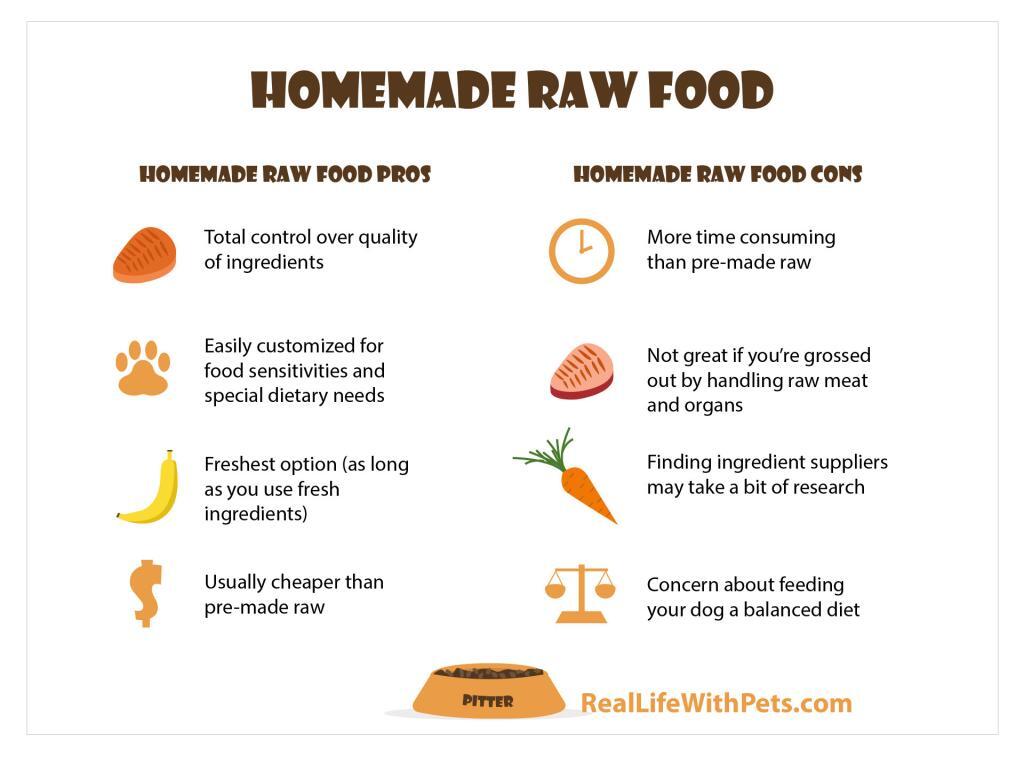
A varied menu for every day
Those who give pets food from the store buy the same brands as a rule. So your cat or dog eats the same food with the same taste every day. It is believed that one of the reasons our pets develop food allergies is because we feed them the same food over and over. However, if you give your pet homemade food, there can be various options. A variety of food will increase your dog’s appetite and enrich its nutritional value.
Better nutrition
Feeding your dog with homemade food gives your pet the best nutrition. Do not add substitutes for natural products to your recipes, and do not put chemical ingredients into the meals. Your pet will be much healthier than those animals that eat food from the supermarket.
No preservatives
Preservatives can worsen existing health problems. You can eliminate flavor enhancements, preservatives, dyes, rendered fat, etc., by feeding fresh, organic “people” food. Therefore, homemade food without preservatives is the best choice for your four-paws friend, no matter how old he is.
Tips for Making Your Dog’s Food at Home
Does anyone here still doubt that homemade food is the best way to keep your pet healthy? Everyone agrees that homemade food is better than that from the store. But how to cook dog food? Let’s take a look at the tips below.
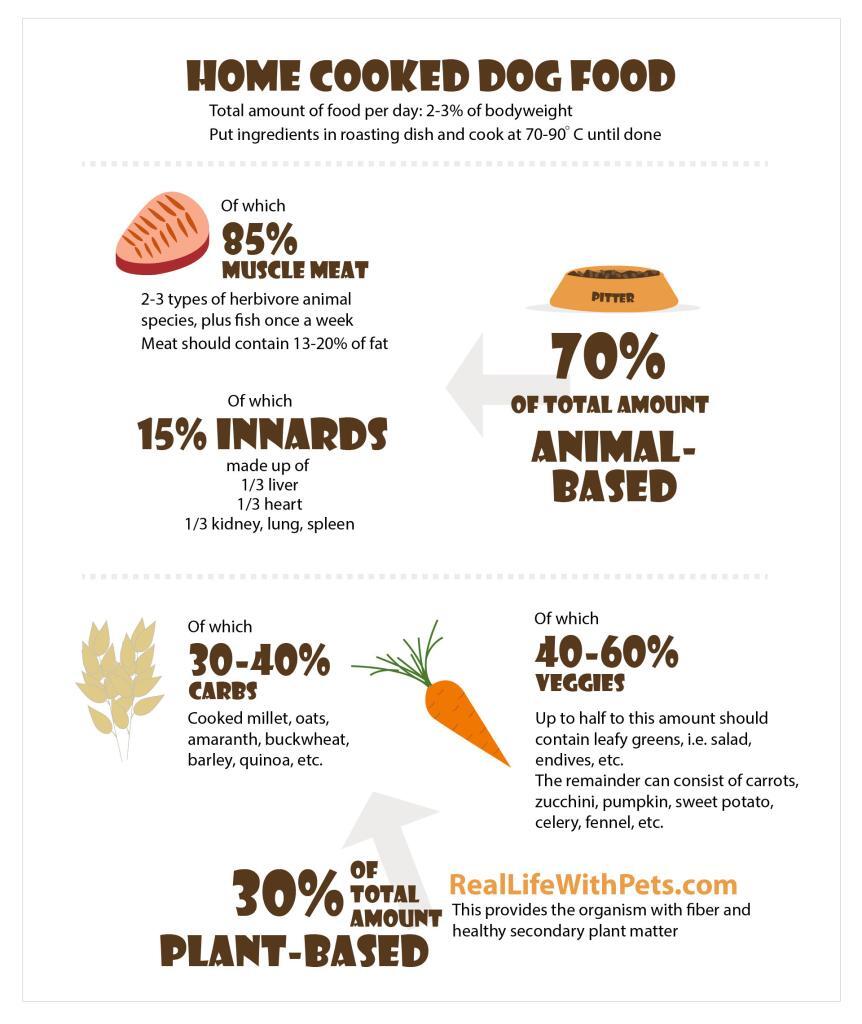
Keep a Nutritionally Balanced Diet
If you want your pet’s food to be delicious and healthy, it should contain a lot of vitamins and elements. These substances give your pet strength and energy for life and growth. Also, the quality of metabolism depends on the level of nutrient saturation. There are five main classes of nutrients that dogs need: water, proteins, fats, carbohydrates, and vitamins.
Necessary Nutrients for Pets
Your pet needs protein (seafood, animal meat, eggs, dairy), fat (oil or meat), and carbohydrates (vegetables, grains). They also need essential fatty acids (certain plant oils, oatmeal, egg yolks ) and calcium (dairy or egg shells). These substances should be included in your pet’s daily diet. However, the ratio should be balanced, and the benefits for the growth and life of the animal become maximized.
Water
Every living organism needs water. If we talk about animals, the minimum water dose is 60 to 70% of their body weight. Lack of water can have severe consequences for pets. For example, a 10% water amount reduction can lead to serious diseases, while losing 15% can lead to death.
Proteins
Proteins are one of the most important elements for the life and growth of animals. It is because these elements provide building effects inside the body cells. For example, the amount of your pet’s muscle mass depends on proteins. Therefore, if you want your dog to be healthy with developed muscles and good posture, add more protein-containing ingredients to their diet. You may take chicken, lamb, turkey, beef meat, etc. Also, chicken eggs, some vegetables, cereals, and soy contain a lot of protein as well.
Fats
This element gives your pet energy. Only those products that contain a large amount of fat provide proper growth to your pet. If your dog gets a lot of fat in his diet, he will have enough energy and a joyful mood. If there is not enough fat, the animal’s health may suffer. Lack of fat may cause a decrease in growth and fur problems. Fats are necessary for the cells’ structure, certain hormones’ production, and specific vitamins’ absorption.
Carbohydrates
A healthy intestine is so essential for a pet’s well-being. And carbohydrates work the way no other nutritional component does. Also, it is carbohydrates that are responsible for the energy level. And carbohydrates also affect brain development. But here, you need to remember one crucial point: for dogs to get the maximum benefit from fiber (carbohydrate source), it must be well fermentable.
Vitamins
For the dog’s health, you must add vitamins to homemade pet food. Vitamins are responsible for the work of all organs of the animal’s body and have a beneficial effect on immunity. However, most vitamins cannot be synthesized in the body; therefore, these components must be included in the daily diet.
Serving Size of Homemade Pet Food
How do you feed your pet? What kind of dishware do you use for your puppy’s daily meals? The best option is to choose several measuring cups or buy a food scale for homemade food. So it will be much easier for you to cook food according to recipes.
According to veterinarians’ and nutritionists’ research, dog food should consist of 1/2-3/4 cups of food for every 20 pounds of body weight. At first, it may seem this is not enough, but don’t worry, it is OK. Remember that homemade pet food is more nutritious and balanced than food from the supermarket. Therefore, the portions, in this case, will be smaller.
Here are some tips for the daily diet designed for 20 pounds of animal weight.
- 1/4 to 1/3 pounds of meat (chicken, beef, turkey);
- 1/2 to 3/4 cup of fresh yogurt;
- three chicken eggs.
If you use both meat and non-meat sources of protein, use only half of that dosage.
- 1 – 1/5 cups of potatoes, rice, or other carbohydrates per 20 pounds of dog weight;
- 1/2 cup of cooked vegetables;
- 1 tablespoon of olive oil for every 20 pounds;
- 1/2 teaspoon of bone meal or eggshells for every 20 pounds.
Choose Vet-Approved and Nutritionally Complete Recipes
It is always good to consult your veterinarian before making up your pet’s diet. In some cases, animals may have health problems, so you must adjust specific diets for them. And even if your puppy is healthy, choose homemade vet-approved pet food recipes. You should also add the supplements recommended by the veterinarian to the basic components of the homemade meal.
Use Pet Supplements to Balance Meals
For the best result, veterinarians recommend adding special supplements to homemade pet food. Why is it necessary? Here are a few reasons:
- Protein supply. These trace elements significantly increase the nutritional value of the home diet.
- Macro- and microelements. Such additives ensure the dog’s growth and development and normalize metabolism.
- Enzyme supplements. These medicines have shown effectiveness since they reduce energy consumption during food digestion.
- Energy supplements. Such components are necessary for animals with increased energy consumption (for example, lactation, pregnancy, autumn-winter period, etc.)
How to Prepare the Recipe Right
Do you like to experiment with the food? Leave it for yourself. Do not improvise when you cook for your pet.
-
Follow the recipe. Improvising may have unintended effects. For example, you can change the recipe’s nutrient profile by cooking chicken with or without skin and bone. You might also add or subtract calories without meaning to.
-
Don’t change ingredients. Some ingredients may seem similar but don’t provide the same nutrition. For example, canola, corn, and walnut oil provide essential fatty acids that olive oil and coconut oil don’t. By making changes, you may very easily unbalance the diet.
- Buy a food scale. It will be easier and more accurate to measure with a scale than with the help of measuring cups.
You should cook all animal products to kill bacteria that could make your pet sick. Also, cook beans, grains, and starchy vegetables to make them easier to digest.
People Food You Shouldn’t Give the Pet
Some dog breeders are sure they can feed their pets the same food they eat. However, veterinarians and nutritionists insist on the fallacy of this opinion. Indeed, professionals believe that animal food should be different from human food.
Foods that people eat every day can be pretty dangerous for pets. Therefore, dog owners need to know everything about the ingredients contained in every product. Check the list below, and you will find some common foods that cause harm to animals. Of course, this is an incomplete list of prohibited products, but here are the most popular products that should not be given to an animal:
- alcohol;
- apple seeds;
- apricot pits;
- avocado;
- cherry pits;
- chocolates, sweets, and sugar;
- coffee;
- garlic;
- grape;
- chewing gum;
- macadamia nuts;
- mustard mushrooms;
- onion and its powder;
- peach pits.
An Alternative to Home Cooking
Of course, every pet owner decides how to feed their fur friend. You can cook balanced homemade pet food at home, or you may buy it in the store. Today, the food industry offers a huge range of cat and dog food. Choosing the right one for your four-paws friend will keep it healthy for a long time. But do not forget that the puppy’s menu should be diverse. So, if you prefer an alternative to homemade food for a dog, we suggest store-bought food and do not forget to use additional vitamins and supplements regularly.
How to choose the best natural balanced pet food? Here are the essential criteria:
- manufacturer;
- food type, product combination, dose;
- pet’s age and size;
- special indications;
- pet’s lifestyle;
- packing and package weight;
- availability (for example, if you travel a lot).
Pay attention to all these points and choose only reliable manufacturers and high-quality food.
Make Sure the Diet Is Working
After cooking the pet food for 2-3 weeks, take your four-paws friend to the vet to ensure they are not losing or gaining too much weight. If the weight changes, recheck it in a couple of weeks.
Take your cat or dog for a checkup twice a year. The vet can look at their coat, skin, and body condition and may identify any problem caused by the diet.
How Do You Make Homemade Dog Food for Allergies?
If you notice excess scratching, hair loss, hives, rashes, or foot or ear infections, it could be signs that your pet is suffering from allergies. You should develop your own homemade dog diet. In this case, you will know what your pet eats.
Diagnose Food Allergies
First, you should visit your vet to diagnose food allergies. Then the doctor will prescribe a diet with a handful of ingredients for 12 weeks. Work closely with your vet to ensure your dog gets sufficient calories and nutrition during this time.
Avoid common allergens
Dogs may be allergic to the following:
- dairy products;
- beef;
- chicken;
- wheat.
You may take rabbit, venison, salmon, or lamb as a protein source and add green, leafy vegetables such as kale, spinach, broccoli, and chard. Or you may take brown rice, barley, oats, rye, or boiled or steamed sweet potato (a small amount).
It will take about 3 months for the pet’s skin issues to clear.
Homemade dog food recipes
If you think your dog is allergic to grains, you need to give her a moderate fat, high protein, and vegetable/fruit combo.
If you want your dog to keep a raw diet, make sure you buy meat from reliable stores to avoid possible contamination.
Do not use pepper, salt, sugar, and other seasonings. Serve the food at room temperature and avoid the microwave. Before starting any dog diet, consult your vet or pet nutritionist on her specific needs.
Additional supplements
It’s also important to add supplements to your homemade dog food for itchy skin. For example, plain yogurt without sugar, artificial sweeteners, or flavorings (in case your dog is not lactose intolerant), powdered eggshells, essential fatty acids from marine fish oil, and flaxseed oil can help as additional supplements.
Vitamins, Feed Additives, Pet’s Treatment
If you care about your pet, then you know how important it is that its menu contains all the necessary complex vitamins and minerals every day. Fortunately, today the veterinary pharmaceutical industry produces many useful feed additives that will not only support the health of the animal but also help to cope with many ailments.
Pets are often infected with worms. It is for this reason that veterinarians all over the world recommend using anthelmintic tablets not only for treatment but also for prevention. So, if you want your pet, for example, a cat, to be protected from worm infestation, use deworming preparations once every three months. Deworming is necessary for both free-range cats and pets, as parasites can get through clothes, boots, meals, or low-quality water. Our rating will help you pick the best products in these categories for the prevention and treatment of worms.
The best dewormers for a kitten:
|
Bayer Tapeworm Dewormer
|
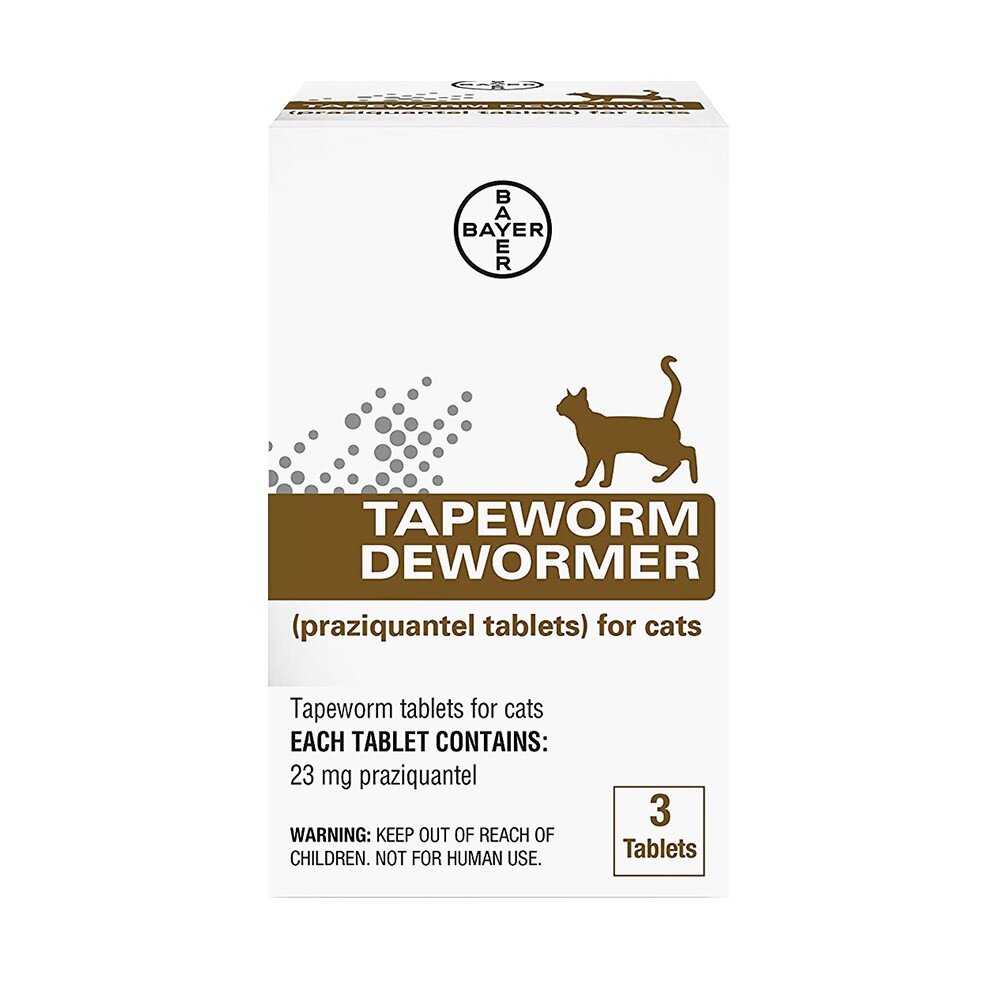 |
|
Omega Alpha Para-Free
|
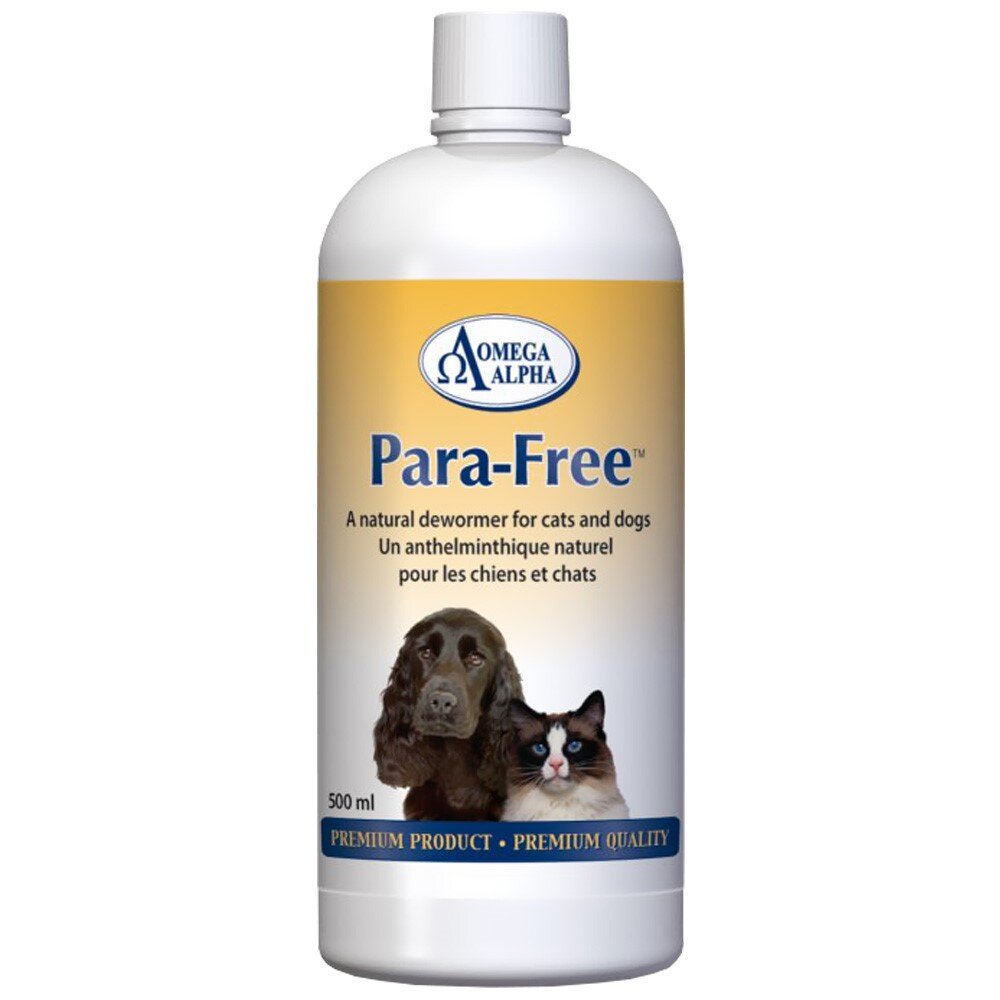 |
|
HomeoPet WRM Clear
|
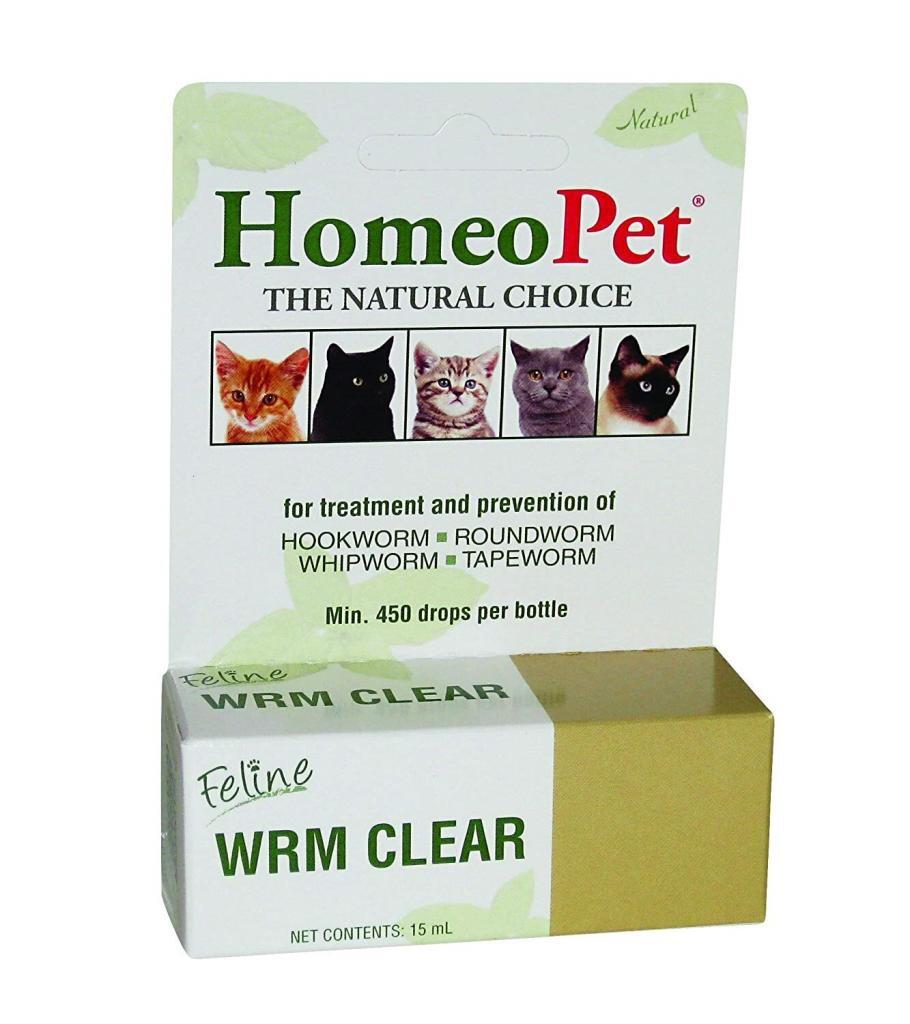 |
Conclusion
Owners, who truly love their animals, always take care of proper healthy nutrition for pets. This is easy to achieve if the owner feeds the pet with vet-recommended supplements and homemade pet food. That’s why it is perfect when the owner consults a veterinarian, who gives necessary recommendations before cooking homemade food.
FAQ
Is It Cheaper to Cook Your Own Pet Food?
Not always; on the contrary, pet food feed from the store is often cheaper. But the question is not the price but the benefits. Of course, nutritionally balanced homemade pet food prepared with all vet’s recommendations is much more nutritious and healthier than food from the supermarket.
What Are the Best Components for Homemade Dog Food?
These are ingredients that are rich in protein, carbohydrates, and fats. You can choose the best combination for your pet’s daily diet if you look at the recipes from this article.
Is Self-Made Food For Pets Better?
Yes, such food is better and healthier. It is more delicious and varied, and there are significantly more safe and healthy ingredients for pets in home food.
Can I Feed My Dog Chicken and Rice Every Day?
This dish is highly healthy for dogs. But it does not contain all the nutrients they need. At the same time, they can get them from other sources such as vegetables and red meats.
What Can I Feed My Dog Instead of Dog Food?
You may take low-fat Greek yogurt, mild cheeses, cooked white or sweet potatoes, cooked eggs, rotisserie chicken (without bones and skin, cooked lean meat, such as beef, chicken, or turkey, cooked or raw fresh vegetables, like broccoli, carrots, and corn.
Are Sweet Potatoes Good for Dogs?
Sweet potatoes provide an excellent source of dietary fiber that helps the digestive system function more effectively. In addition, eating fiber regularly may lower the risk of heart disease and certain types of cancers.
Can I Put Chicken Broth in My Dog’s Food?
Yes, you can. Chicken broth is a safe and delicious addition to your dog’s diet.
How to Make Dog Food for Senior Dogs?
Older dogs may require more protein in their diet and less phosphorus intake. Some older dogs may require higher or lower fat in their food, depending on the pet’s weight. Depending on their disorders, some senior dogs may need more or less fiber. Please consult your vet; he can help you determine what is suitable for your dog and make prescriptions accordingly.
How to Make Your Own Raw Dog Food?
Making your own raw dog food isn’t hard. You may use raw meat (ensure it is of the highest quality), fruits, vegetables, and supplements. Using the following proportions, you can make up your own recipe from whatever you have at home:
- 80% meat with fat;
- 10% organs;
- 5% vegetables/fruits;
- 5% dairy/supplements.
The general guideline for adult dogs is to feed between 2-3% of their body weight. So for a 50-pound dog, that would be between 1 to 1.5 pounds of food per day. Also, the amount of food depends on an activity level, adjustments for weight gain or weight loss, and life stage.























